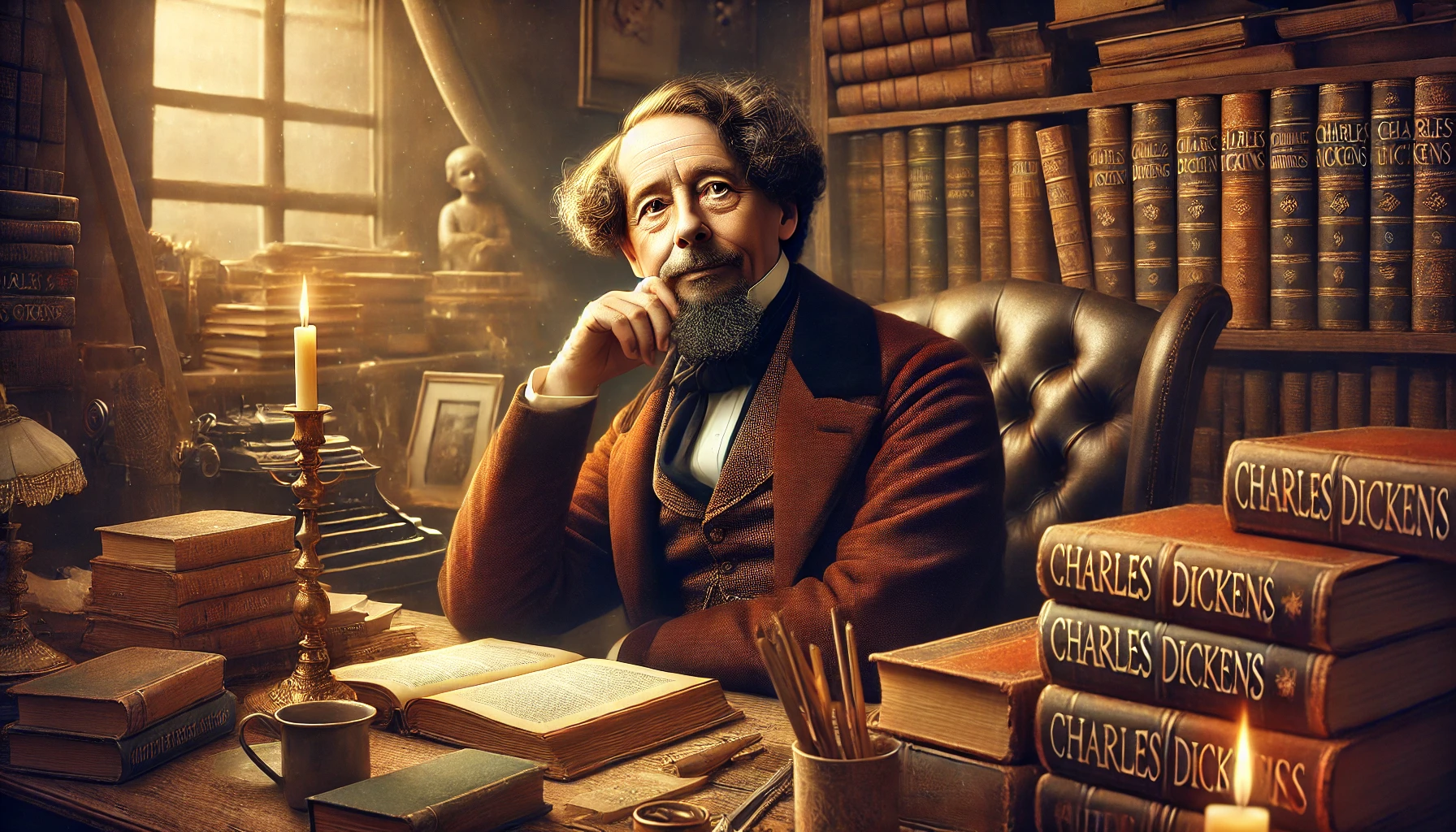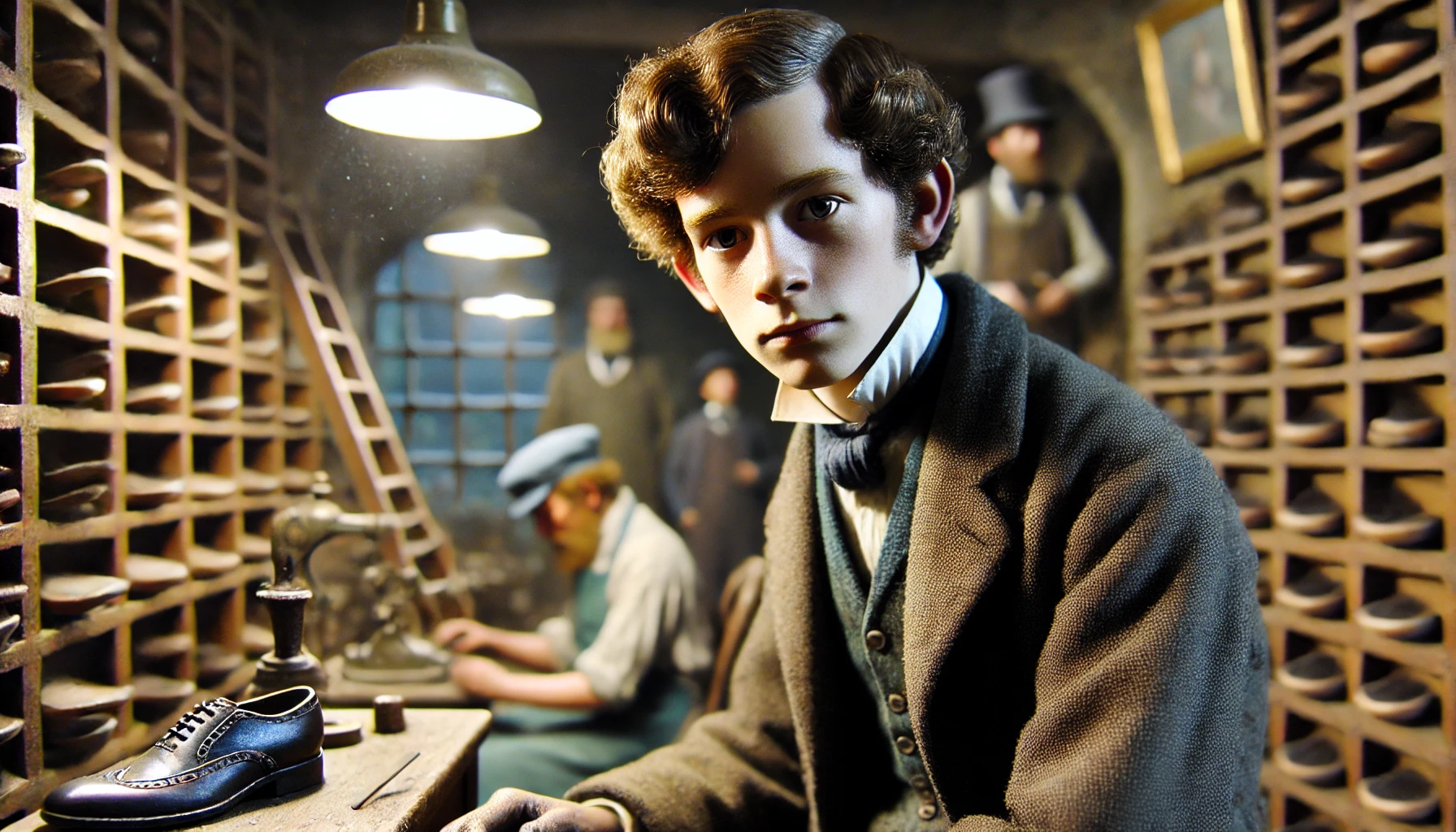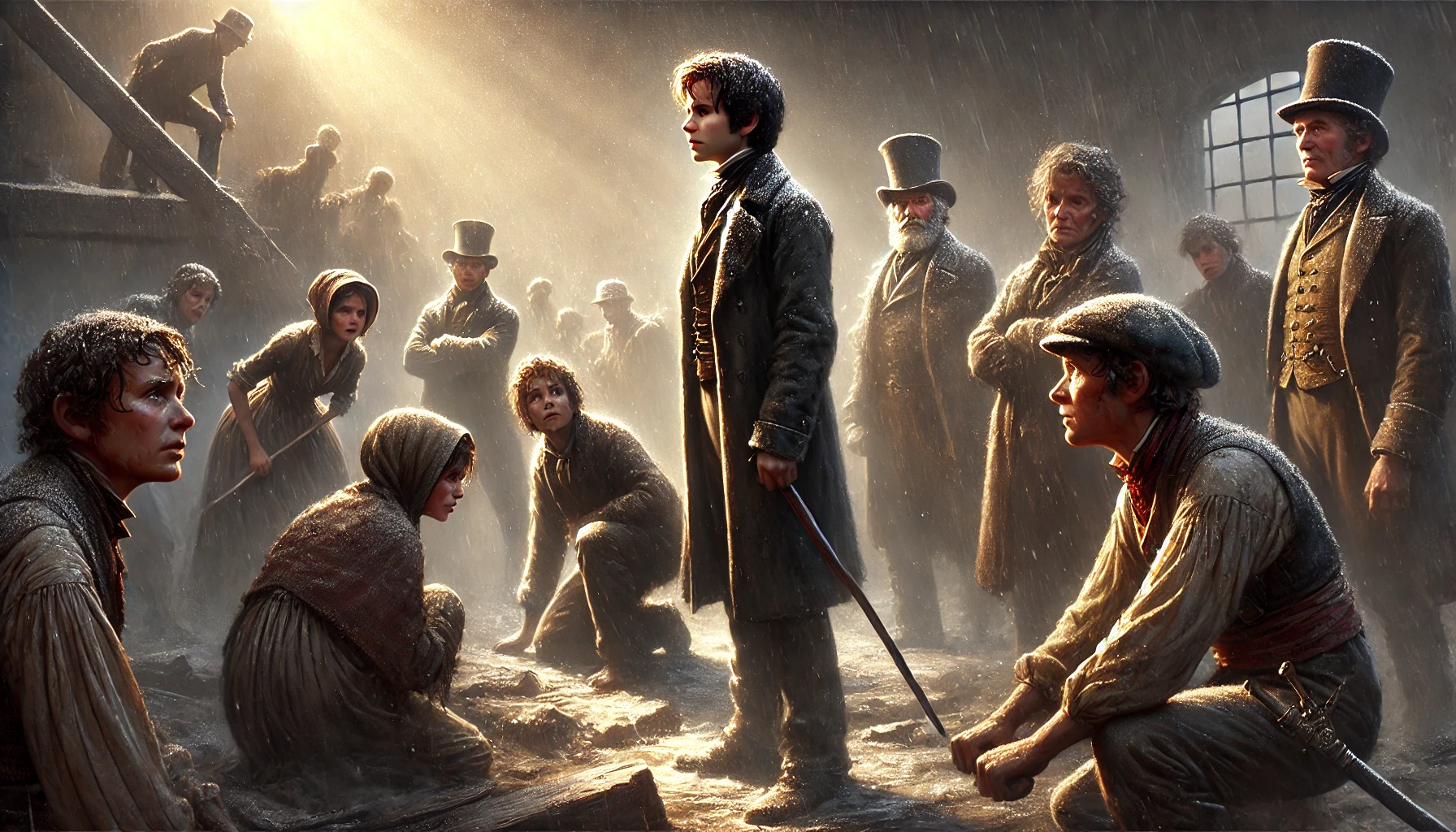Hello everyone! Today we’re going to dive into the fascinating life of Charles Dickens, a literary genius who, despite his immense contributions to literature, faced his own internal battles. Through this journey, we will discover how his experiences and emotions influenced his work and how his story can inspire us to face and overcome mental health challenges, breaking the stigma surrounding these issues. So, sit back, grab a cup of tea (or coffee, or whatever you prefer) and join me on this journey full of humor, positivity and inspiration.
Charles Dickens: The Story of a Genius
The Childhood of Charles Dickens: Between Shadows and Light
Charles John Huffam Dickens was born on February 7, 1812 in Portsmouth, England. From an early age, Dickens had to face the harsh realities of life. His father, John Dickens, was an affable but financially irresponsible man. This led the family to face serious financial problems, resulting in his father’s imprisonment for debt.
A Childhood of Hard Labor
At the tender age of 12, Charles was forced to leave school and work in a shoe polish factory. Imagine Beethoven having to give up music to do forced labor; a similar tragedy! This period was crucial in Dickens’ formation, as he would later describe this experience as deeply traumatic. However, it also ignited in him a passion for social justice and a steely determination to overcome his circumstances.
Early Successes: The Pen as Therapy
After several minor jobs and with much effort, Dickens finally landed a job as a journalist. His natural talent for storytelling soon became evident, and he began publishing a series of sketches under the pseudonym “Boz.”
Rise to Literary Fame
In 1836, at the age of 24, he published “The Posthumous Papers of the Pickwick Club”, a work that became a resounding success. This is where we see how his ability to observe and describe the human condition, often with a touch of humor, captured the public’s attention.
Dickens’ Personal Life: A Sea of Emotions
Despite his professional success, Dickens’ personal life was a whirlwind of emotions. His marriage to Catherine Hogarth was complicated and they eventually separated after 22 years and ten children together.
The Weight of Fame
Success does not always bring happiness. Dickens, like many artists, faced constant pressure to stay on top. This, combined with his personal problems, affected his mental health. He suffered from bouts of depression and burnout, proving that no one, regardless of fame or success, is exempt from facing mental health challenges.
Dickens’ Work: A Mirror of His Inner Battles
Dickens’ characters and stories often reflect his own struggles and observations of society. Take, for example, “Oliver Twist,” a novel that explores poverty and injustice, themes close to his heart because of his own difficult childhood.
Masterpieces and Their Influence
- Oliver Twist (1837-1839)
- David Copperfield (1849-1850)
- A Tale of Two Cities (1859)
- Great Expectations (1860-1861)
Each of these works not only entertains, but also offers a profound social critique and a call for empathy and compassion.
Dickens and Mental Health: Breaking through the Stigma
Dickens’ life teaches us that mental health is a universal concern. Suffering from mental illness is not a sign of weakness, but a part of the human experience. Stigma only makes the situation worse, making those who are already suffering feel even more isolated and hopeless.
A Call for Empathy and Understanding
It is crucial that we change our perception of mental health and educate ourselves to offer support and understanding. Just as Dickens used his pen to shine a light on injustices and promote change, we too can use our voices to combat stigma and support those struggling with their mental health.
List of Charles Dickens’ Major Works
- The Posthumous Papers of the Pickwick Club (1836-1837)
- Oliver Twist (1837-1839)
- Nicholas Nickleby (1838-1839)
- The Antique Shop (1840-1841)
- Barnaby Rudge (1841)
- Martin Chuzzlewit (1843-1844)
- Dombey and Son (1846-1848)
- David Copperfield (1849-1850)
- Bleak House (1852-1853)
- Hard Times (1854)
- Little Dorrit (1855-1857)
- A Tale of Two Cities (1859)
- Great Expectations (1860-1861)
- Our Common Friend (1864-1865)
Conclusion: Dickens’ Legacy and Hope.
Charles Dickens left us an immense literary legacy, but also a valuable lesson about resilience and the importance of empathy. Through his own battles and triumphs, we can find inspiration and hope to face our own challenges. Let us always remember that, as Dickens said, “No one is useless in this world so long as he lightens the burden of another.”
Note: The images used in this article were created with Artificial Intelligence.
Sources
- Forster, John. The Life of Charles Dickens. Cambridge University Press, 2011.
- Ackroyd, Peter. Dickens. HarperCollins, 1990.
- Tomalin, Claire. Charles Dickens: A Life. Penguin Books, 2011.








